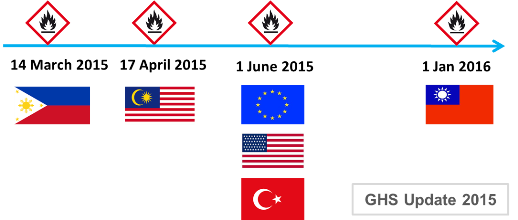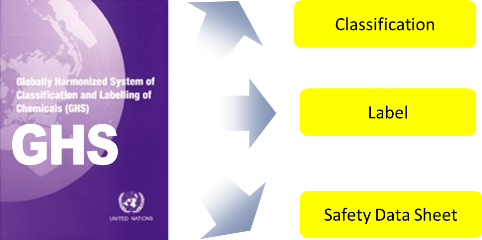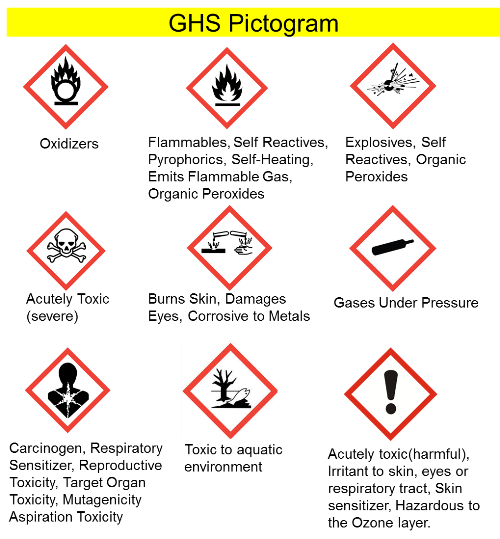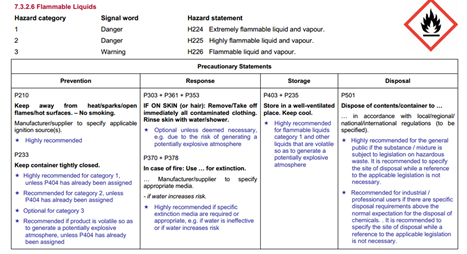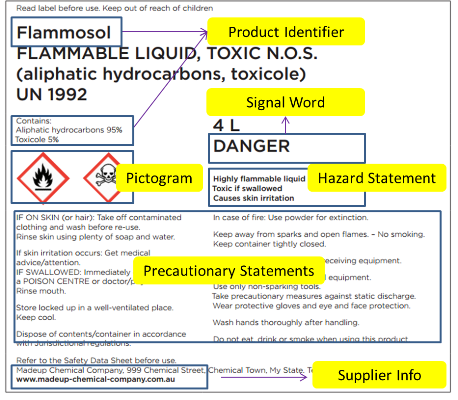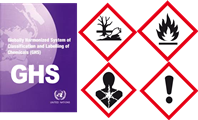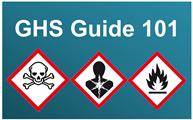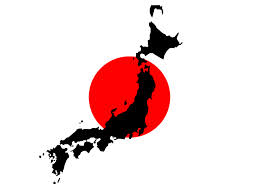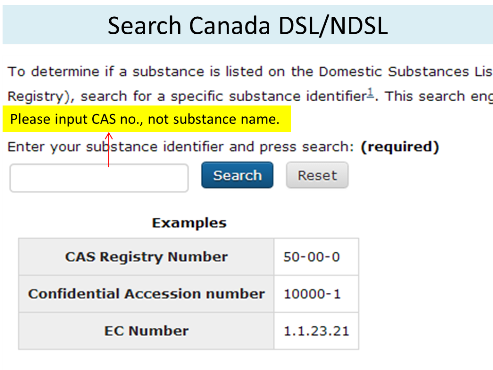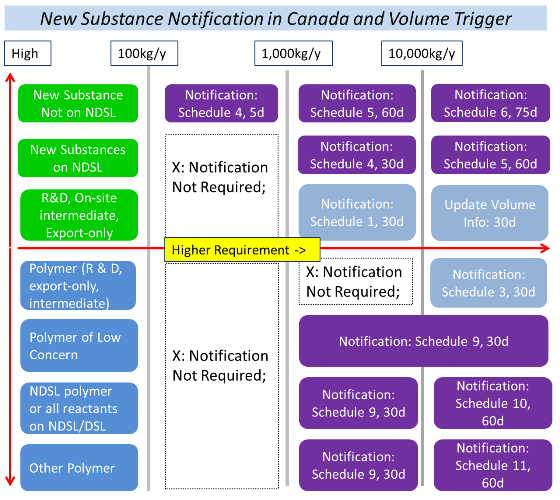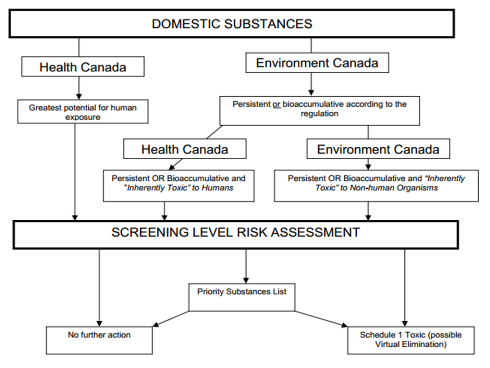This is a post for beginners who wish to have a quick understanding of the Globally Harmonized System of Classification and Labelling of Chemicals (GHS).
GHS for Dummies by ChemSafetyPRO
The Globally Harmonized System of Classification and Labelling of Chemicals (
GHS) is a system developed by the United Nations for standardizing and harmonizing the classification and labelling of chemicals globally. More specifically, the UN GHS Document (known as the
UN GHS Purple Book):
- Defines physical, health and environmental hazards of chemicals and harmonizes classification criteria;
- Standardizes the content and format of chemical labels and Safety Data Sheets.
The UN GHS is updated frequently and the latest version was the 5th revised edition released in 2013.
As a voluntary international system, the GHS is not legally binding in any country. Therefore, countries adopting GHS have to issue their own regulations or standards to implement GHS criteria and provisions. Two examples are:
Benefits of GHS Adoption
Compared to pre-GHS hazard communication, GHS offers better protection to workers and users and facilitates international chemical trade.
In pre-GHS era, users may see different label warnings or safety data sheet information for the same chemical, which can cause confusion. In addition to that, most of countries have their own hazard classification and labelling regulations in pre-GHS era. Those regulations vary significantly and compliance with them is very costly and time-consuming.
GHS Hazard Class, Hazard Category and Hazard Pictogram
GHS describes the nature and severity of a chemical hazard by hazard class and hazard category. GHS also assigns standard pictograms representing different types of hazards.
- Hazard class: the nature of a chemical hazard, i.e., flammable liquids, carcinogen.
- Hazard category: the division of criteria within each hazard class. For example, flammable liquids have 4 categories among which flammable liquids category 1 represents the most severe hazard.
- Hazard pictogram: 9 pictograms conveying different types of health, physical and environmental hazards;
The picture below shows the type of chemical hazards each GHS pictogram represents:
GHS Classification
GHS classification is a process to determine the hazard class and category of a chemical (substance or mixture) in accordance with GHS hazard classification criteria.
The picture below is an example of GHS classification criteria for flammable liquids. A liquid with a flash point between 23 and 60 Celsius degrees will be classified as flammable liquid category 3. A liquid with a flash point above 93 Celsius degrees does not meet GHS classification criteria and will not be regarded as a hazardous chemical.
Classification Determines Labelling Elements
Once a chemical has been classified according to GHS classification criteria, you can easily find assigned signal word, pictogram, hazard statements and precautionary statements that need to be included on labels and in SDSs.
For example, a liquid with a flash point between 23 and 60 Celsius degrees will be classified as flammable liquid category 3. By checking the page 316 of above document, you can easily find out the core labelling elements for this liquid:
- Signal word: Warning;
- Pictogram: Flame;
- Hazard statement: H226 flammable liquid and vapour;
- Precautionary statement: P210, P233, P280, P303+P361+P353, P370+P378, P403+P235, P501;
How to Classify Substances and Mixtures under GHS
Classification is very important but not easy. For substances, you need to have test data to carry out classification. Luckily you do not need to test every substance. Many countries or regions have published compulsory or advisory GHS classification lists for pure substances. You can directly refer to those classifications for your substances without doing the tests.
The most well-known GHS classification list is the
annex VI of EU CLP regulation. It includes compulsory GHS classifications for thousands of substances.
For mixtures, you may take advantages of abridging principles or calculation methods or concentration limits to classify them.
GHS Label
The core elements of a GHS label include:
- Product identifier: Chemical identities of a substance or hazardous ingredients in a mixture;
- Supplier identification: The name, address and telephone number of a supplier;
- Signal word: Danger or Warning;
- Hazard pictogram: conveying different types of chemical hazards;
- Hazard statements: standardized and assigned phrases that describe the hazard(s) as determined by hazard classification;
- Precautionary statements: standardized phrases that describe measures to minimize or prevent adverse effects;
An example of a GHS label for a chemical can be found below:
- See more at: http://www.chemsafetypro.com/UN_GHS_Chemicals_GHS_for_Dummies.html

